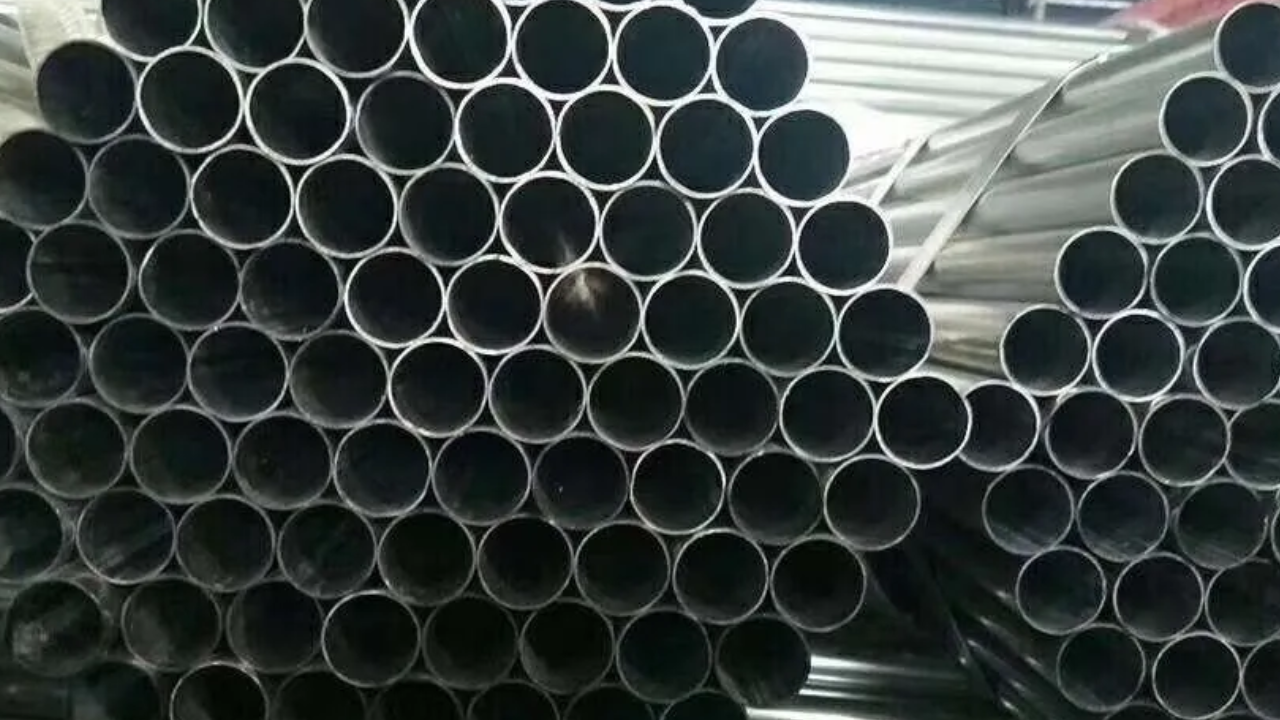A53 Grade A pipe, a steel piping cornerstone, is notable for its distinct characteristics and wide range of applications. This pipe, manufactured to the demanding ASTM A53 standard, symbolizes reliability, performance, and durability in a variety of industrial applications. In this post, we will look at the unique properties of A53 Grade A pipe, with a special emphasis on its endurance and resistance in difficult settings.
A53 Grade A pipe is well-known for its high endurance, making it an ideal choice for important infrastructure projects and industrial applications. Its composition and material qualities ensure long-term structural integrity as well as corrosion, abrasion, and wear resistance. Furthermore, a53 a pipe comes in a variety of wall thicknesses to meet a wide range of operational needs and load-bearing capacities.
Distinctive Attributes of A53 Grade a Pipe In Comparison To Other Steel Pipes
This article delves into the distinct attributes of A53 Grade A pipe, elucidating how it differs from other types of steel pipes available on the market.
Manufacturing Standards and Specifications
A53 Grade A pipe’s adherence to particular manufacturing norms and requirements distinguishes it significantly. Unlike other steel pipes, which may be built to a variety of international standards, A53 Grade A pipe is constructed in compliance with the ASTM A53 standard. This standardized production method assures consistency and dependability in the quality and performance of A53 Grade A pipe across several manufacturers and suppliers.
Composition and Material Properties
Another characteristic of A53 Grade A pipe is its composition and material qualities. A53 Grade A pipe is primarily formed of carbon steel, and the ASTM A53 standard specifies the chemical composition criteria. This carbon steel composition imparts desired attributes such as strength, durability, and weldability to A53 Grade A pipe, making it appropriate for a wide range of industrial applications.
Wall Thickness and Pressure Ratings
A53 Grade A pipe is available in a variety of wall thicknesses, allowing for versatility in design and application. The ASTM A53 standard defines various types of A53 Grade A pipes based on wall thickness, such as Type S (seamless) and Type E (electric-resistance welded). Each type of A53 Grade A pipe is engineered to fulfill specified pressure ratings and performance specifications, catering to a wide range of operational requirements in industries such as oil and gas, construction, and infrastructure.
Surface Finish and Coating Options
Surface finish and coating options differentiate A53 Grade A pipe from other steel pipes on the market. While some steel pipes may have a simple or bare surface finish, A53 Grade A pipes frequently have a variety of coating options to improve corrosion resistance and longevity. Galvanization, black coating, and protective coatings such as epoxy or polyethylene are all common coatings used on A53 Grade a pipes. These coatings serve to reduce corrosion and extend the service life of A53 Grade A pipe in harsh conditions.
Application Specificity and Industry Compliance
A53 Grade A pipe is tailored to meet specific application requirements and industry standards, setting it apart from other steel pipes on the market. Whether used in fluid transportation, structural applications, or mechanical systems, A53 Grade A pipe offers versatility and reliability across a wide range of industries. Moreover, A53 Grade A pipe complies with industry-specific regulations and standards, ensuring safety, quality, and compliance in various applications.
Cost Considerations and Economic Viability
Cost considerations play a crucial role in distinguishing A53 Grade A pipe from other steel pipes available on the market. A53 Grade A pipe offers a cost-effective solution for many industrial applications due to its competitive pricing, availability, and ease of manufacturing. Compared to some specialized or high-alloy steel pipes, A53 Grade A pipe provides a budget-friendly option without compromising on performance or durability, making it a preferred choice for cost-conscious projects and applications.
Environmental Sustainability and Recyclability
Environmental sustainability is becoming an increasingly essential factor in the purchase of steel pipes. A53 Grade A pipe displays environmental sustainability due to its recyclability and low environmental effect. A53 Grade A pipe, which is largely made of carbon steel, may be recycled at the end of its service life, decreasing the requirement for virgin materials and minimizing waste. Furthermore, the long lifespan of A53 Grade A pipe promotes sustainable infrastructure development.
Remarks
A53 Grade A pipe stands out from other types of steel pipes on the market due to its adherence to specific manufacturing standards, composition, wall thickness options, surface finish and coating options, application specificity, cost considerations, and environmental sustainability. A53 Grade A pipe is a versatile and dependable pipeline solution that serves the unique needs of numerous sectors while maintaining economic viability, performance guarantee, and environmental responsibility.

